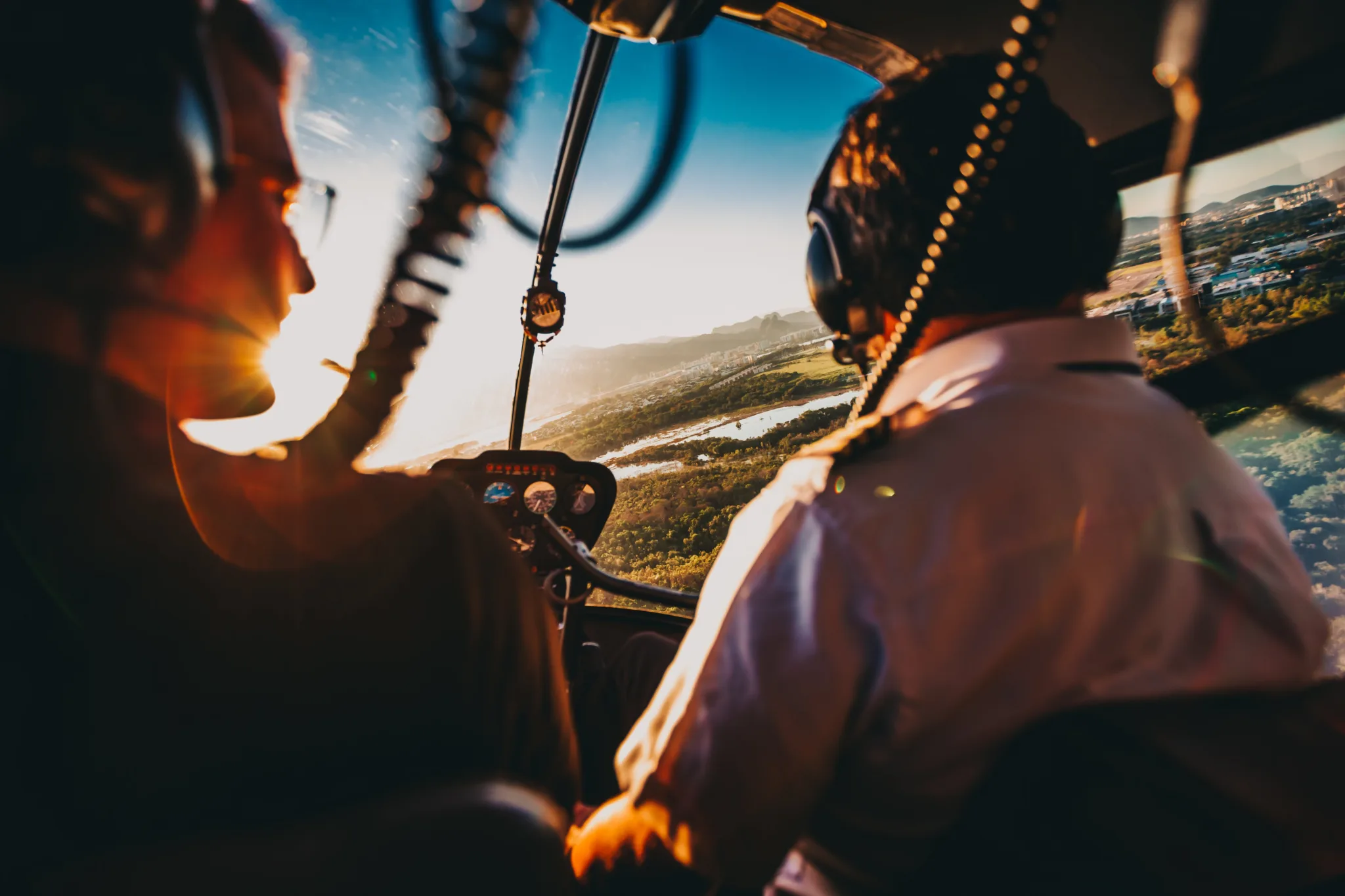
Radio Messages: Between Myth and Reality
In the realm of aviation, radio communication stands as a central pillar, vital for the safety and efficiency of operations. For aspiring helicopter pilots, mastering the art of radio communication is not just a skill; it’s an absolute necessity. In this article, we demystify the world of radio messages, often dramatized in cinematic works. Between myth and reality, what are the misconceptions about communication between pilots and air traffic controllers? What are the actual radio messages used?
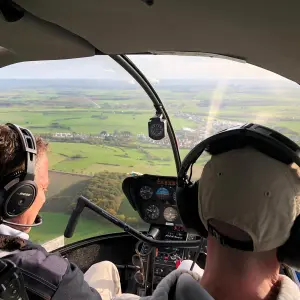
Radio communication
The importance of radio communication in aviation cannot be overstated. It serves as the lifeline connecting helicopter pilots to air traffic controllers, ensuring smooth and safe air traffic flow. At the core of this complex system lies a unified radio language – a set of protocols, standardized terms, and procedures that transcend borders and cultures. The purpose of this standardization is to ensure clear and unambiguous understanding among all parties during a flight.
It is the International Civil Aviation Organization (ICAO) that is responsible for setting the standards and recommended practices. The first telecommunications instructions were adopted as early as 1949 and took effect in 1950. If you’re interested, this “Annex 10” of the Chicago Convention is available online at the following link.
Linguistic uniformity is essential; without it, the risk of misunderstandings increases, potentially jeopardizing the safety of crews and passengers. However, the popular conception of these messages and the reality on the ground remains mysterious and often biased by cultural aspects unique to each individual, such as cinema.
Why are there so many myths about airborne radio communication?
Popular culture and the media have always used helicopters and aeroplanes as powerful story tools. Synonymous with action, travel and scenes behind closed doors, aerial communication has been greatly simplified and sometimes dramatised to add a sense of realism to telecommunications. We all have in mind the disaster scenes, where the pilot communicates: “Mayday Mayday, call the control tower” in a very insistent way, without other information allowing the geolocation and the clarity of the transmission of information to the tower.
Yet these misrepresentations of radio interaction have left their mark on millions of cinema-goers.
Films such as “Blue Thunder“, “Superman“, “Die Hard” and “Terminator” are proof of the use and impact of radio messages in cinema.
These Hollywood performances are often more theatrical than technical. Although not all the information is completely false.

The myths of radio communication
Understandable, with no interference or background noise, the radio messages would be perfectly clear, except in cases of extreme emergency. In reality, many factors regularly affect telecommunications lines: bad weather, equipment used, geographical distance between the aircraft and the control tower….
Although at first sight complex, aeronautical language is designed to be as precise and clear as possible for the person receiving it. Just as the medical field has its own jargon, the phonetic alphabet and codes imposed by aeronautical telecommunication are simply a new form of language to be learned to ensure universal understanding.
Did you know that? All employees in the airline industry must learn to communicate in the air. So, in order to have their CCA, flight attendants must understand all air transport radio telecommunications, so that they can react in the best possible way when needed.
Although verbal communication is essential, pilots and air traffic controllers also use a range of digital tools and automated systems to transmit information. These systems complement verbal communication, increasing the efficiency and safety of exchanges.
In reality, these exchanges are generally methodical, calm and precise. Clarity and concision are paramount in aerial communication to avoid confusion. The sensational, emotional dialogue often seen in films is a far cry from the standardised, professional communication used in real life.
In order to activate it, to communicate and to be effective, the use of a radio requires very precise and specific training. A passenger won’t know how to use it, even in an extreme emergency.
Myths about radio messages
Personal information can be communicated by radio telecommunication:
Radio communications are strictly professional and concentrate on information essential to the safety and efficiency of the flight. There are strict rules and protocols to follow, and personal exchanges are strongly discouraged.
The aeronautical lexicon can be summed up in the ICAO alphabet
Alpha, Bravo, Charlie, Delta to Zulu – there’s a lot more to the international aeronautical alphabet than just these words. In fact, a much more comprehensive lexicon, which you will learn as part of your FCL.055 exam (for which we have written a full article), will need to be fully mastered to make you a helicopter pilot. A long list of terms related to all situations will also have to be known by pilots (terms related to fire or smoke, survival, passenger management, flight situations and elements, helicopter parts and mechanisms….).
Here is an example of some of the terms to be learned as part of an aviation certification:
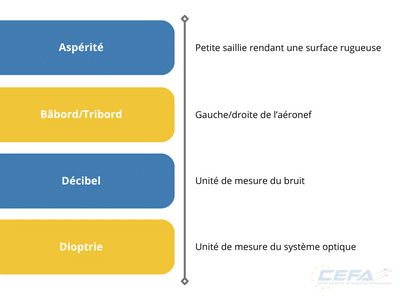
The name of radio frequencies cannot be communicated as a number.
To avoid any ambiguity when communicating the frequency, the digits of the frequency will be spelt out individually rather than as a whole number. For example, the frequency 132.956 MHz will be transmitted as “one, three, two, dot, nine, five, six”.
The name of radio frequencies cannot be communicated as a number.
We don’t communicate on the radio in sentences, as we would in an everyday situation. Each word is chosen to give the most precise information in the fewest possible words.
For example: “Lima Charlie, on approach”, “Lima Charlie, call back on exit”, etc…
The reality of pilot telecommunications.
Understanding the nature of the actual telecommunications between pilots and the control tower is essential. This communication is a fundamental element of air navigation, ensuring the safety, efficiency and regulation of air traffic.
The specificities of aerial telecommunications
Communication between helicopter pilots and air traffic controllers is governed by strict protocols, designed to avoid errors and misunderstandings. These protocols include the use of the NATO Phonetic Alphabet to spell out names, codes and indications, ensuring universal clarity. Messages are generally short, to the point and follow a structured format to ensure efficiency and accuracy.
Here are some terms commonly used in air radio communication:
Used to indicate that the message has been received and understood.
Means that the speaker has finished speaking and is waiting for a response.
Abbreviation for “will comply”, indicating that the instructions received will be followed.
An international term used in serious emergencies.
Refers to a specific code transmitted by the helicopter’s transponder for identification and tracking.
Contexts of Use of Radio Telecommunications
Radio telecommunication is used in various contexts during a helicopter flight, including :
Take-off and Landing: Pilots communicate with the control tower to obtain take-off and landing clearances, and to be informed about runway conditions and air traffic.
Navigation: Pilots regularly report their position, altitude and heading, and receive information on air traffic and other relevant conditions.
Emergencies: In the event of an emergency, pilots use radio communication to inform the control tower and request immediate assistance.
Weather: Weather updates are transmitted to pilots to help them anticipate and react to changing conditions.
By understanding these aspects of radio communications, future helicopter pilots can gain a deeper appreciation of the importance of accurate and effective communication. This skill is crucial to navigating safely in today’s complex and often congested airspace.
Conclusion
By debunking popular myths and presenting the reality of these communications, we have been able to highlight the crucial importance of clear, concise and standardised communication in air traffic management.
Terms like “Roger”, “Over”, and “Wilco” are not mere jargon, but essential elements of a communication system designed to maximise safety and efficiency. What’s more, understanding the specific contexts in which these communications are used – whether for take-off, navigation, emergency management or weather updates – is essential for any aspiring pilot.
Helicopter pilot training must therefore place particular emphasis on mastering these communication skills. A thorough understanding and rigorous practice of radio communication are essential for navigating safely in the skies, where the precision of words can make the difference between a successful flight and a perilous situation.
Would you like to discover the world of helicopter pilots? Then get in touch with us!
CEFA – Centre Européen de Formation Aéronautique
- Aérodrome de Reims-Prunay, 51360 Prunay
- [email protected]
- 07 49 94 35 32
Our office in Luxembourg
- 13-15, Rue de l'industrie L-8069 Bertrange Luxembourg
- [email protected]
- +352 2630761
Our training courses
Becoming a pilot in Europe and Canada
Become a pilot in Europe only
To become a pilot for personal pleasure
To convert your licence and fly in Europe
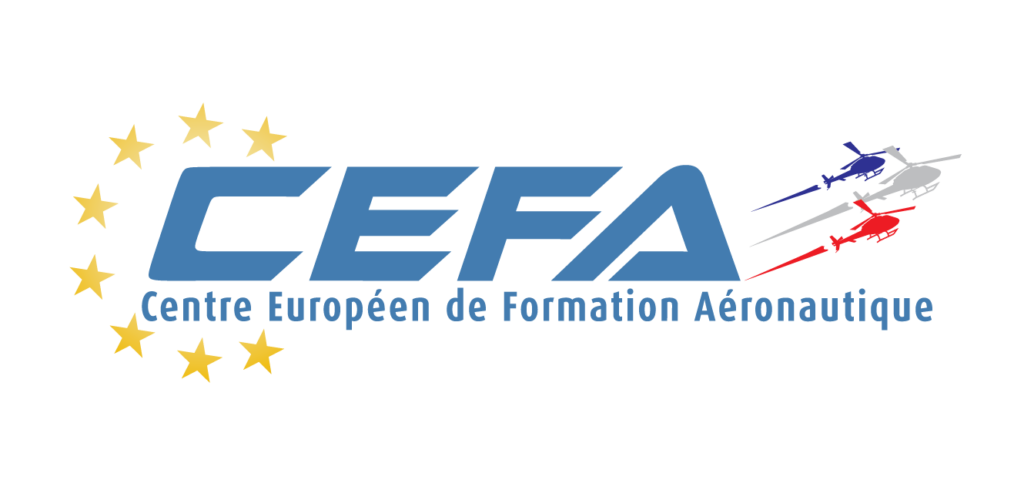

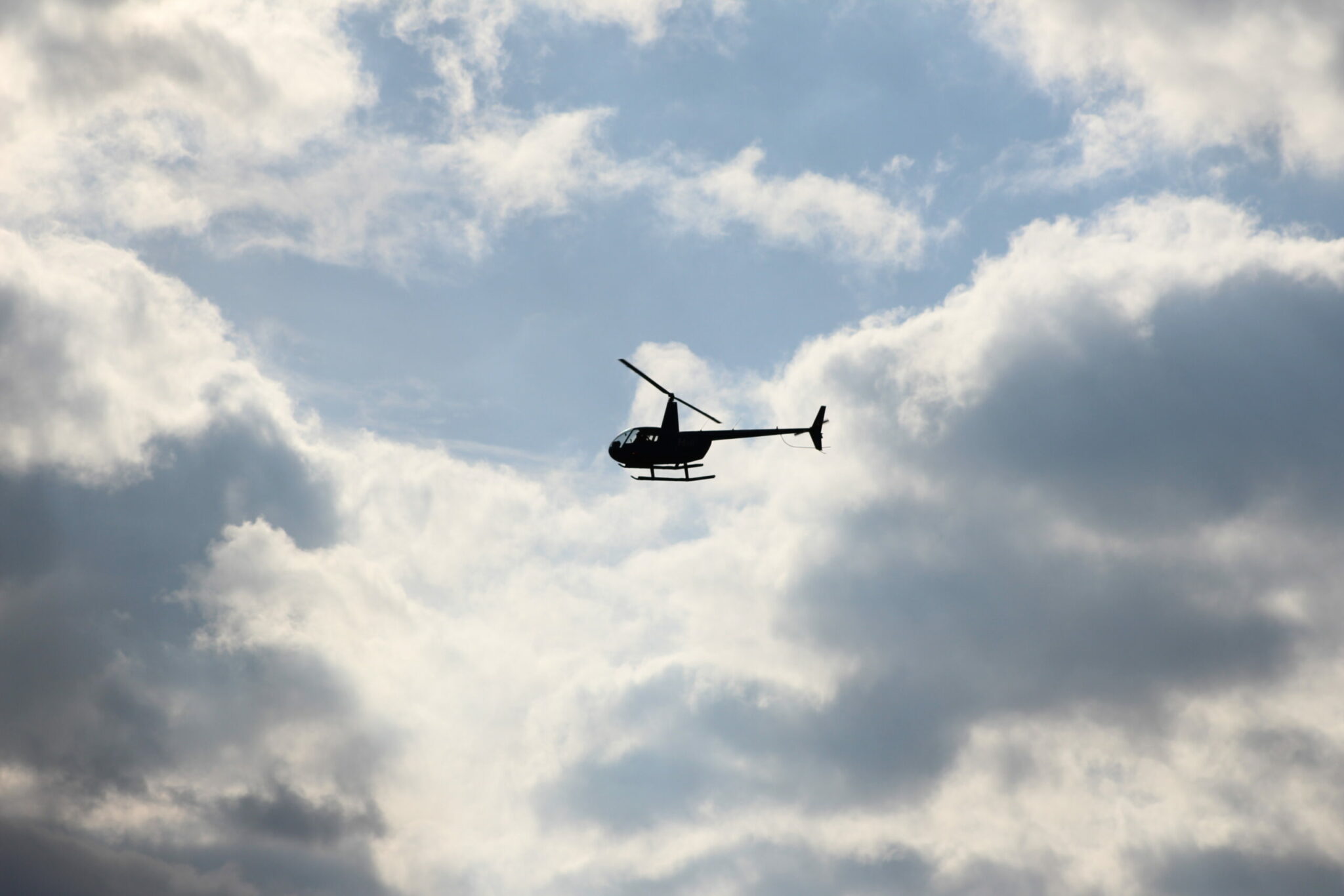

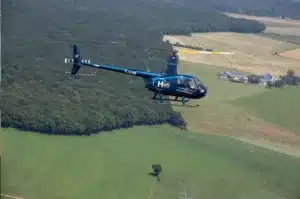

No comment yet, add your voice below!